This post may contain affiliate links for which I earn a small commission at no extra cost to you. For more info, check out my Disclosure Policy. Thank you for your support!
If you have coeliac disease, the chances are by now you’ve come across an ingredients list with gluten free wheat starch in it. And you’re probably wondering – what is gluten free wheat starch and how on earth is it gluten free when it contains WHEAT!?
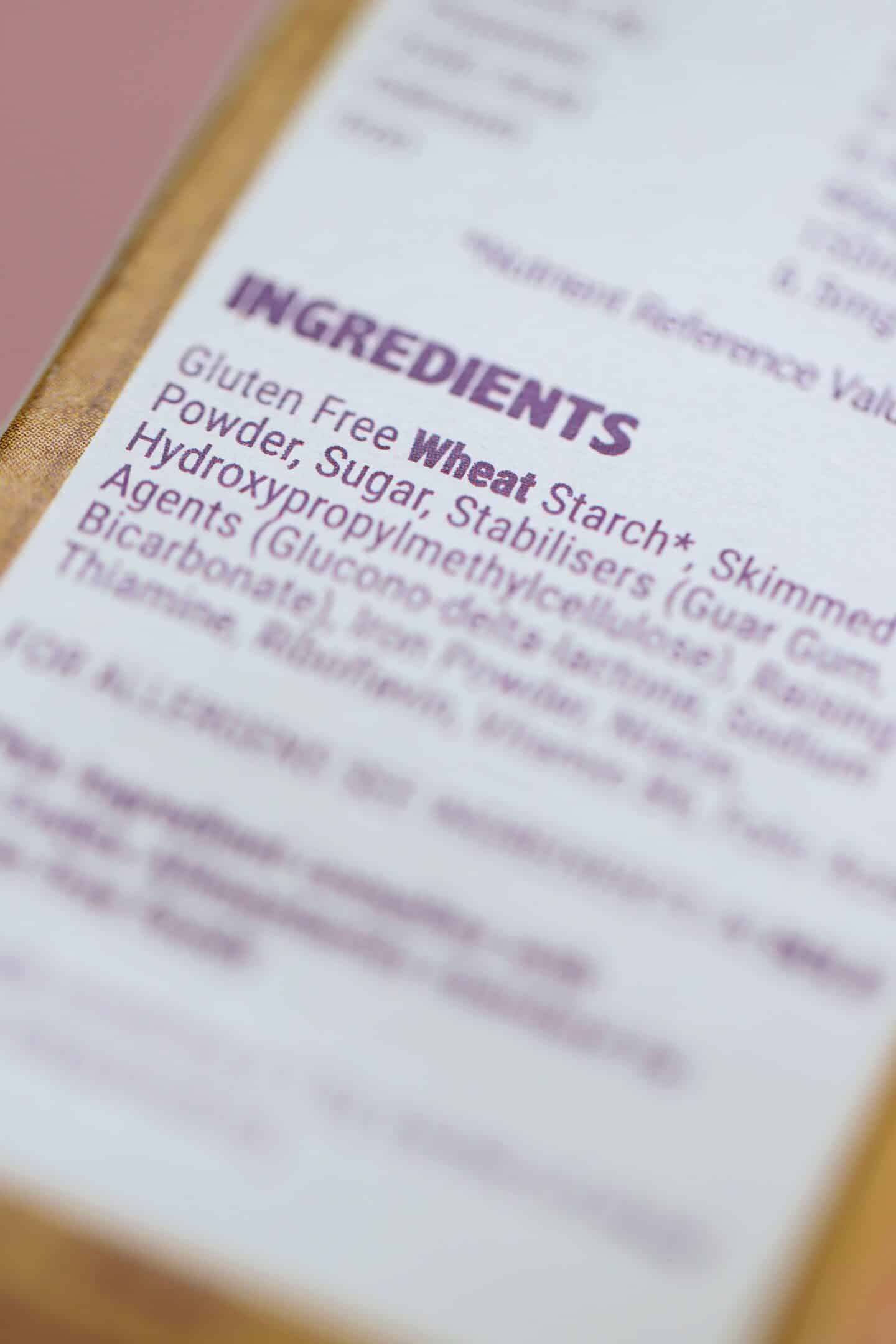
Learning how to start a gluten free diet can be very confusing.
When you’re first diagnosed with coeliac disease you are told to avoid BROWS:
- Barley
- Rye
- Oats
- Wheat
- Spelt
So it’s only naturally to feel completely confused when you pick up a product labelled as gluten free to see the words ‘wheat’ glaring at you from the ingredients list.
But don’t panic! I’m here to explain why and what gluten free wheat starch is, whether it’s safe to eat on a gluten free diet, and if you can eat it with coeliac disease.
Table of Contents
- What is gluten free wheat starch?
- Is wheat starch gluten free?
- New to a gluten free diet?
- Is wheat starch safe for coeliacs?
- Why is gluten free wheat starch in bold in ingredients?
- The difference between coeliac and wheat allergy
- Why do gluten free products contain wheat starch?
- The take home on gluten free wheat starch:
- More coeliac tips and tricks
What is gluten free wheat starch?
Gluten free wheat starch – often labelled as codex wheat starch – is a product of wheat.
BUT it is wheat starch which is specially manufactured to be gluten free.
In essence, the wheat starch is washed, so that the level of gluten is within the Codex standard of 20 parts per million (ppm).
This means it can be legally classed as gluten free and is safe for a gluten free diet.
This level (20 parts per million) is what the law states is suitable for consumption by people with coeliac disease.
So if you see a product using codex wheat starch or gluten free wheat starch, it is safe for people with coeliac disease to consume, according to UK and EU law.
Is wheat starch gluten free?
Yes – but only gluten free wheat starch or codex gluten free wheat starch is suitable for a gluten free diet.
Where it is marked specifically as gluten free wheat starch, it is gluten free and Coeliac UK confirms this is safe for people with coeliac disease to consume.
This is because gluten free wheat starch is below the 20ppm threshold required by law.
However, standard wheat starch is NOT gluten free – so it is only considered to be safe if the specific words ‘gluten free’ appear in the ingredients list.
New to a gluten free diet?
Is wheat starch safe for coeliacs?
Yes – gluten free wheat starch is considered safe for a gluten free diet and therefore safe for people with coeliac disease to consume.
This is because the levels of gluten in the product are tested to below 20ppm.
However this only applies to gluten free wheat starch in free from products. Normal wheat starch is not gluten free.
Why is gluten free wheat starch in bold in ingredients?
Most people who avoid gluten will be used to scanning ingredients lists for allergens, which are highlighted in bold thanks to labelling laws.
Gluten free wheat starch is highlighted because it contains wheat, and wheat is an allergen.
Under EU law, the top 14 allergens must be highlighted in bold on ingredients lists – and this includes wheat and barley, or any cereals which contain gluten.
Gluten free wheat starch is NOT safe for anyone who has a wheat allergy or intolerance. But is fine for those with coeliac disease.
(You may have noticed you never actually see ‘gluten’ on an ingredients list – it is always ‘wheat’, ‘barley’, ‘rye’, etc. This is why.)

The difference between coeliac and wheat allergy
When you have coeliac disease, eating gluten triggers and autoimmune response. It is not an allergy or an intolerance.
A wheat allergy is a reaction to wheat. They are two completely different things.
Someone with a wheat allergy could consume a wheat free bread made from something like rye, but this would not be gluten free, because rye contains gluten.
In the same way someone with coeliac disease could consume gluten free wheat starch, even though it contains wheat.
It’s easy to get them muddled, but they are different.
Why do gluten free products contain wheat starch?
A lot of manufacturers like to use codex gluten free wheat starch because it helps the product to act in a more ‘normal’ way.
According to Coeliac UK, it was first used as a basis to substitute ingredients like flour and improve the texture of products.
This is why it has become popular in many gluten free products, such as the Caputo Fioreglut Gluten free Flour, or Juvela’s Gluten Free White Mix.
It helps to make a more pliable dough and often products made using these flours are more similar to wheat-based products in their taste and texture.
The take home on gluten free wheat starch:
- Gluten Free Wheat Starch IS suitable for a gluten free diet.
- It IS NOT suitable for anyone with a wheat allergy.
- It has to be labelled in bold due to EU labelling laws as wheat is an allergen.
- If you have coeliac disease, gluten free wheat starch is safe to consume.

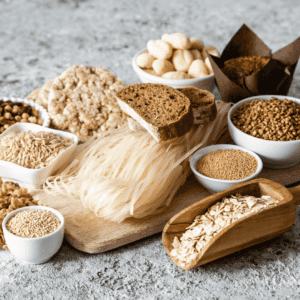
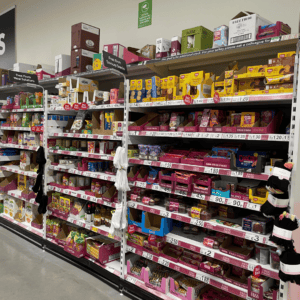









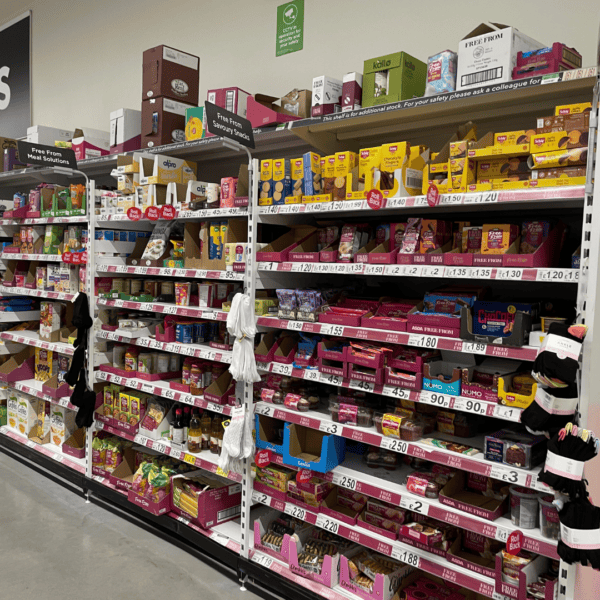
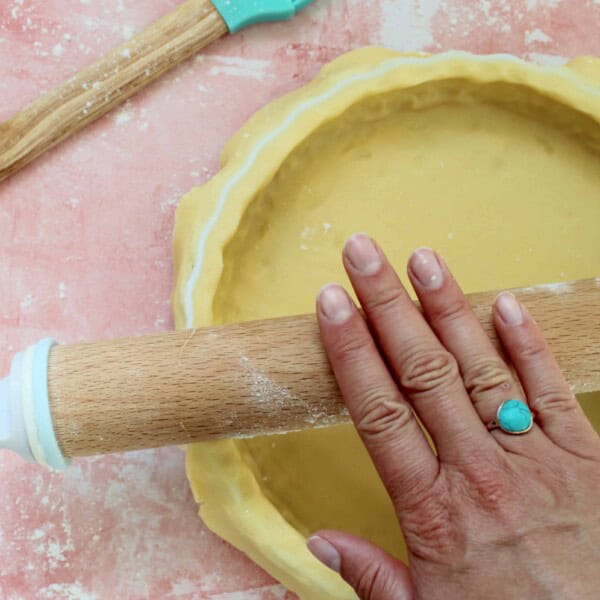

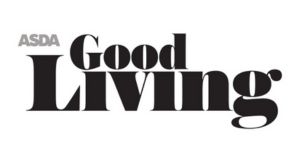
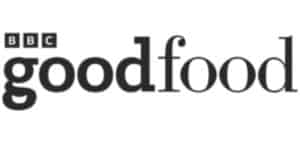






Unusual that they have gone with wheat starch. What an odd thing to do isn’t it ? As it’s far from an inclusive ingredient. Better choice would be corn flour.
I get terrible bloating from It . Never used to. So I cut it out .
Sadly, my daughter (who is coeliac and not allergic) cannot eat GF wheat starch and has a definable reaction to it…. so i REALLY hope this is NOT the way that gluten free food is going!
Oh…. and it is also bloody confusing when you are trying to teach a child to be safe reading labels x
I’m allergic to wheat and anaphaltic to soya. It’s bad enough that near anything sweet or chocolaty that’s gluten free contains soya even though it’s the third most common allergy but then M&S and Tesco changed all their gluten free range to using soya flour…..and now wheat starch…..i question why when sunflower lethicin can be used as an emulsifier in chocolate and corn flour can be used in other products both of which are cheaper.
I truly hope this isn’t going to become a trend as I carry epipens and already meticulously svan ingredients. If something is gluten free many will automatically think it’s save for both and could be dangerous
Thankfully I rarely eat processed foods or beige goods haha but sometimes on the occasion I want a dessert and don’t want to bake this always is an issue. Olease manufacturers think and research as if you had a allergy that could seriously affect you
I realised only after I was hospitalised after having had gluten free wheat starch in bread at a hotel … it did taste great – hence, I presume, it becoming ever more popular! Unfortunately now, when I ask for ‘gluten AND wheat free food, I have had arguments with restaurants about them being ‘the same’ – ie – if it’s gluten free it must be wheat free. I despair. I’ve just been glutened at a restaurant this eve so feeling particularly frustrated and upset about the whole thing!.
Ugh this wheat starch left me on the floor in pain all night after 2 crackers at a restaurant in Milan. With my stomach knots beginning I question the restaurant. The shock and horror of myself and the restaurant staff when we saw ‘deglutenized wheat starch’ on the ‘gluten free’ ingredient list. They are not scientists nor did they need explaining, yet understood instantly. I guess common sense only exists when making money isn’t involved, a gf label shouldn’t be on these products. It’s an immune response therefore when the body recognizes the item the immune response triggers.